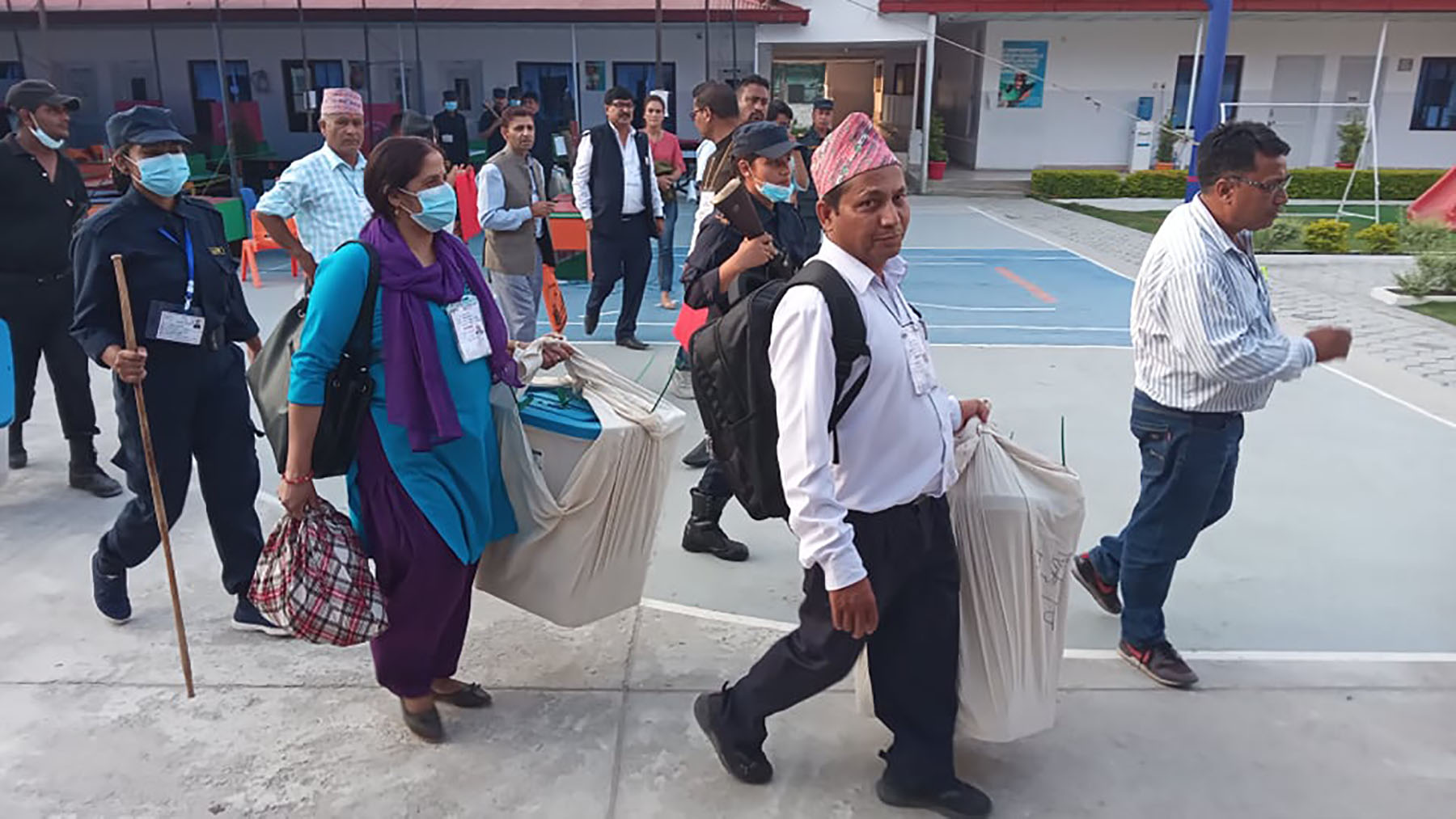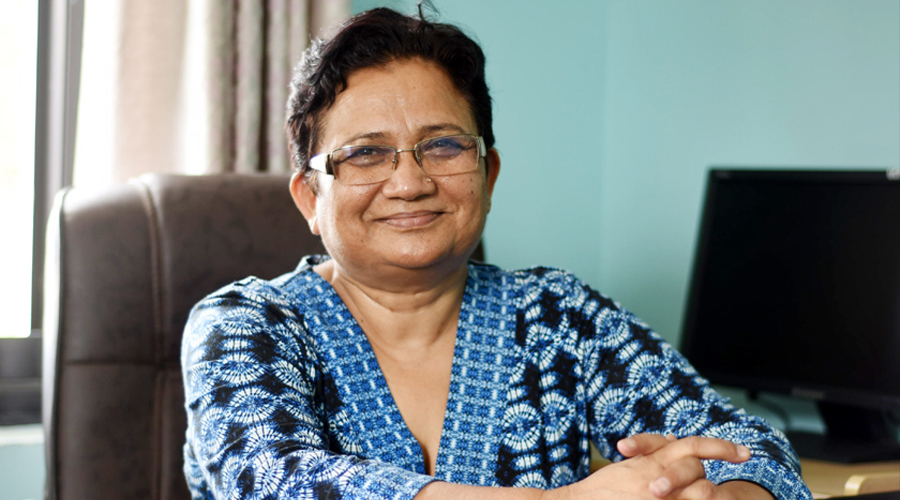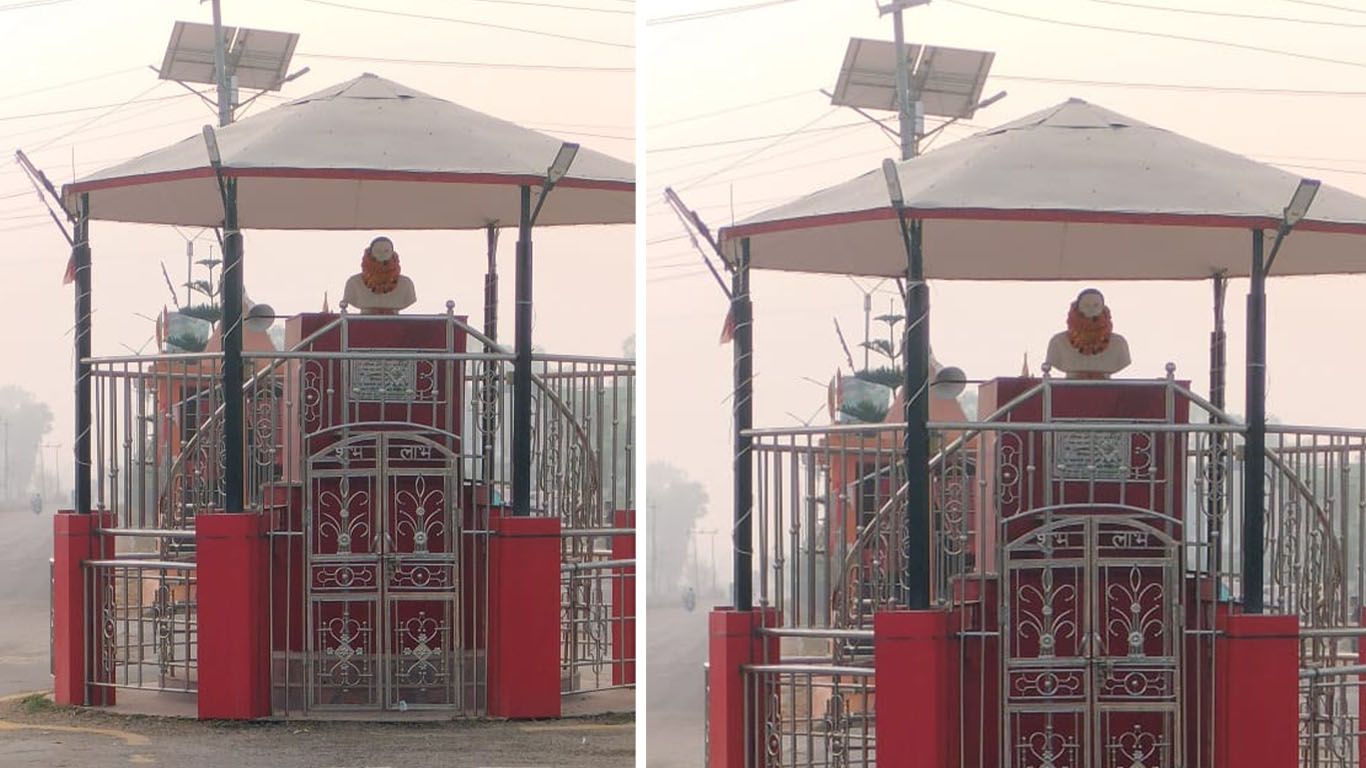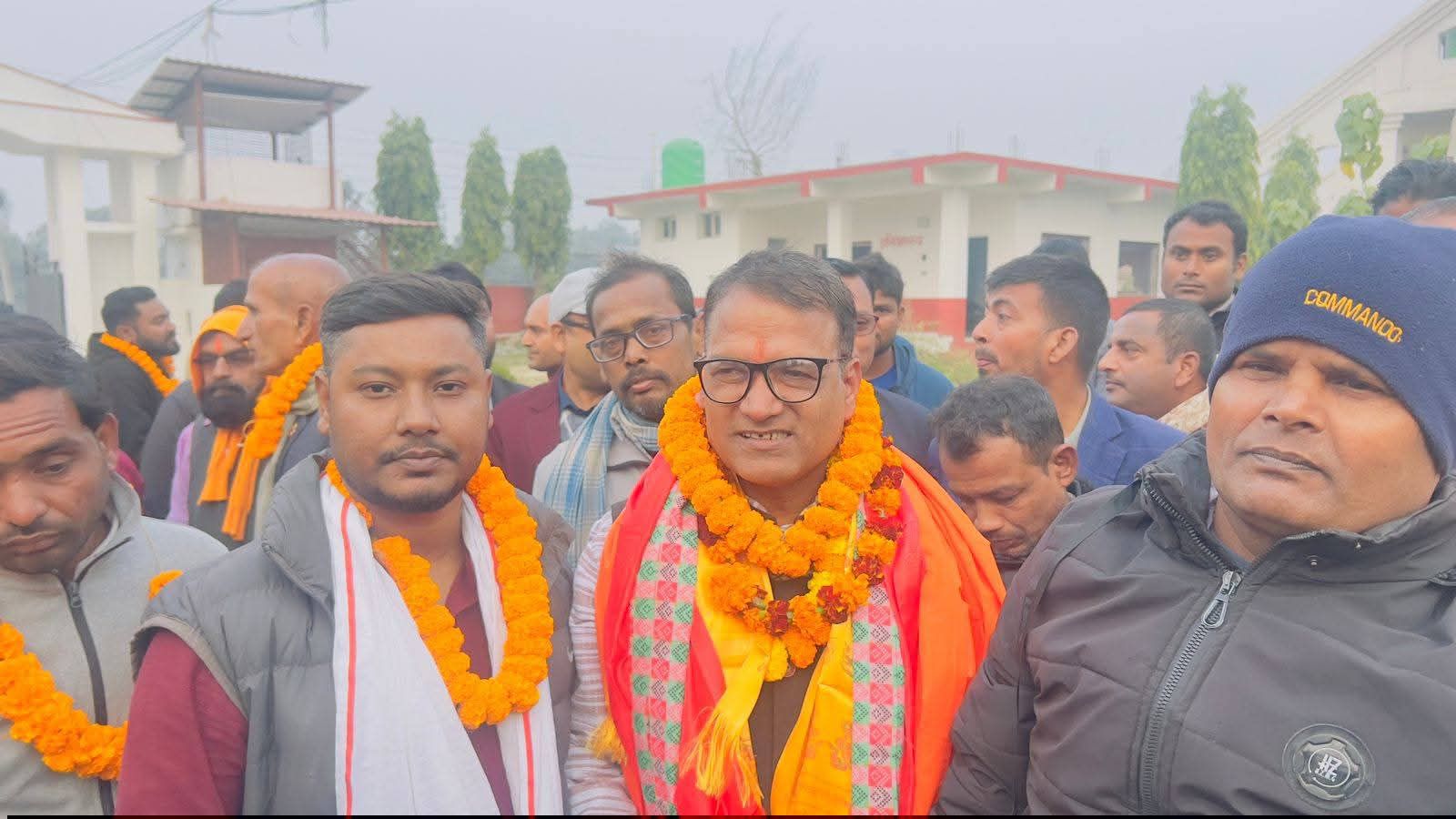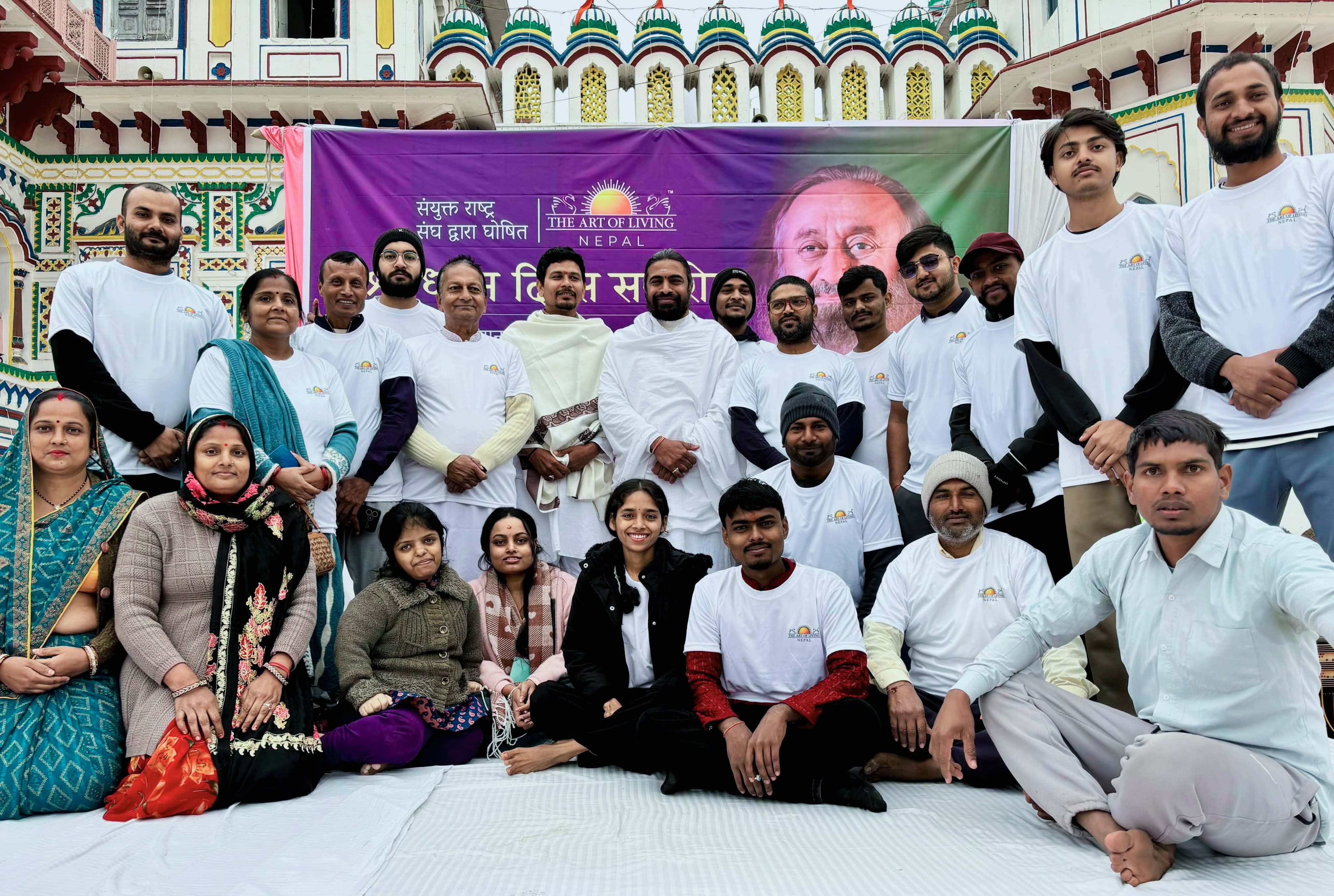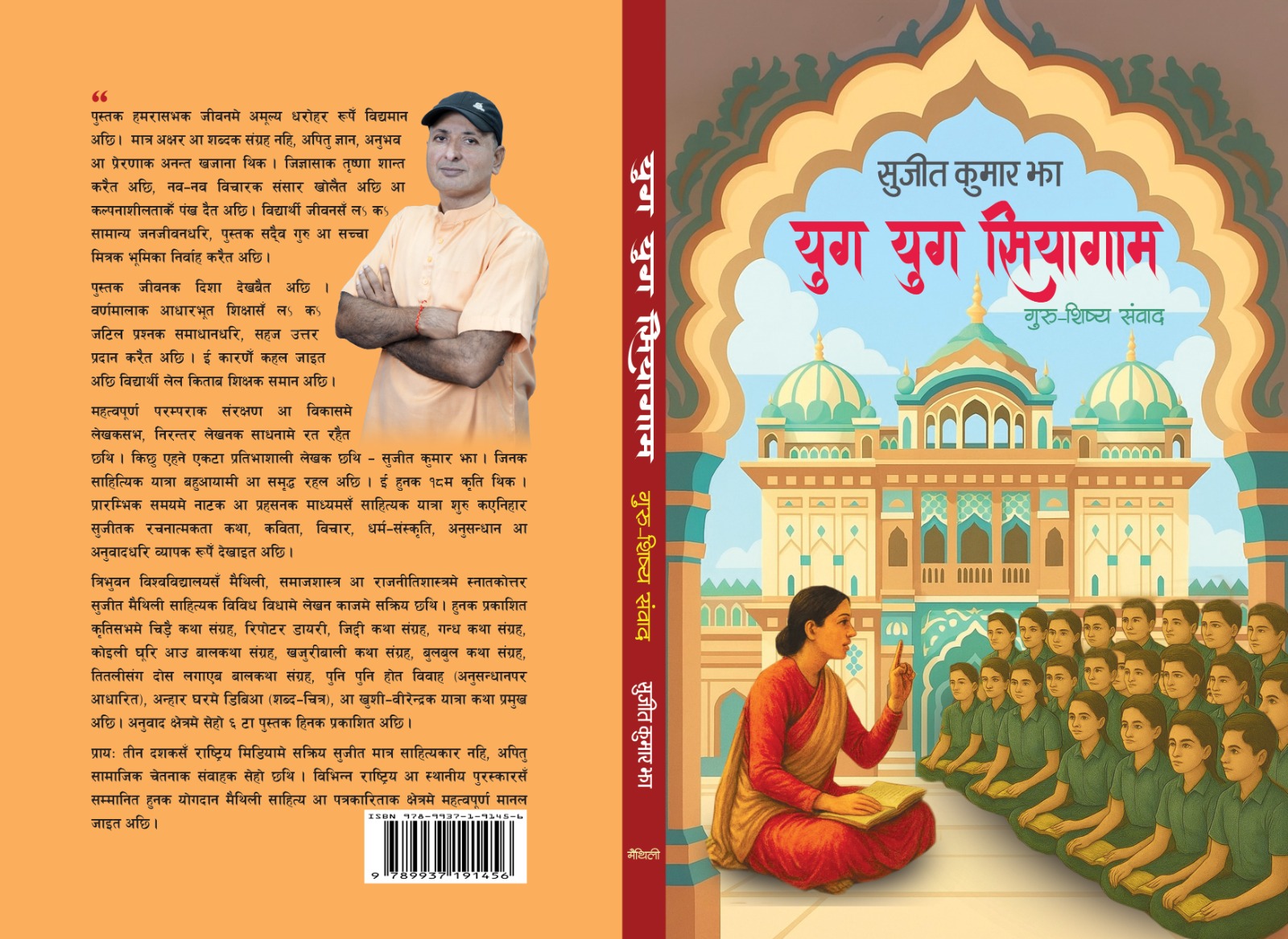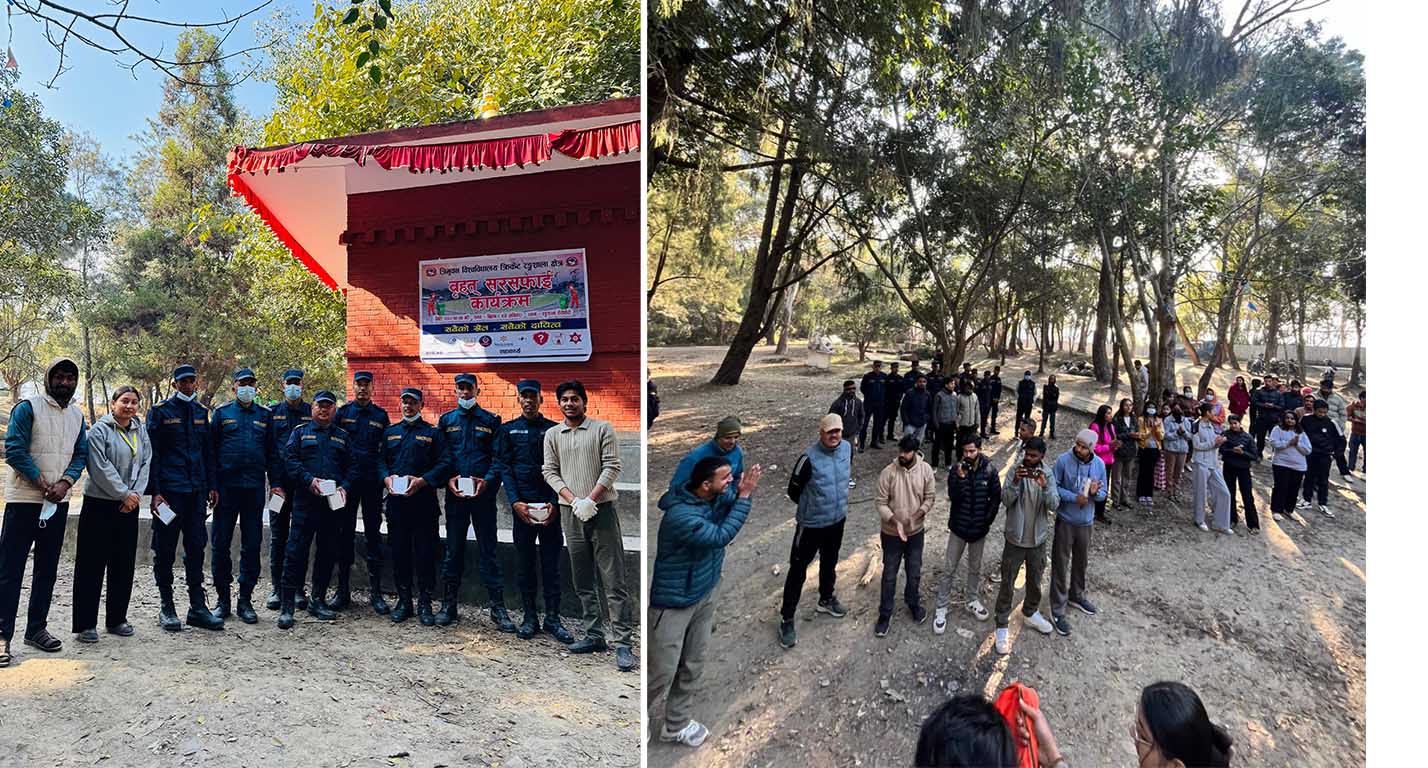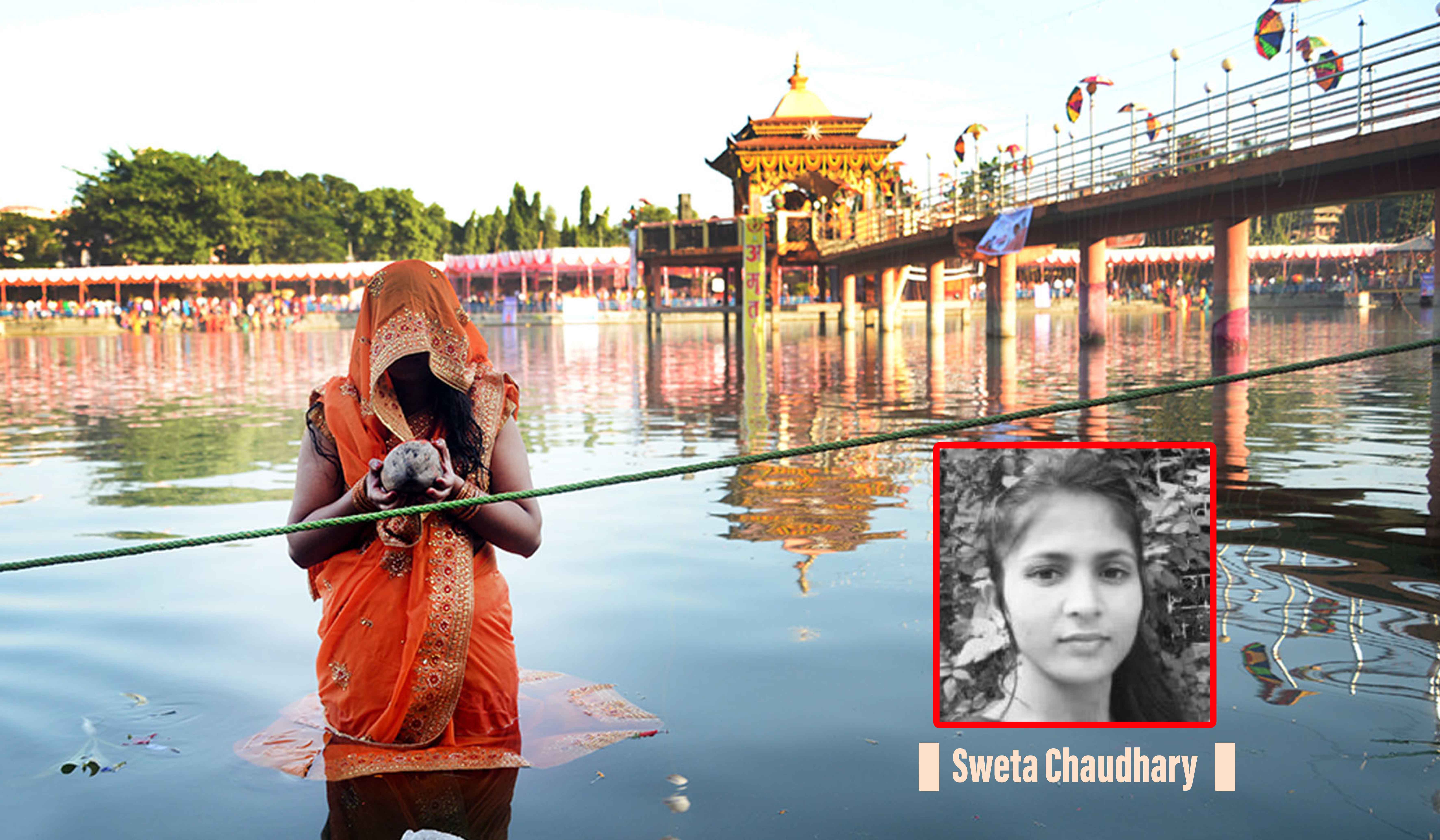
Sweta Chaudhary,
Janakpurdham: Chhath puja is one of the biggest festivals(Mahaparva) celebrated by Hindu in Nepal and the neighboring country, India. This four-day festival includes fasting, offering, prayers to the rising and setting sun, holy bathing and meditation while standing in the water. This festival is all about purity and devotion which is dedicated in honour of the solar deity “Surya” and his sister “Sasthi Devi” (Chhathi Maiyai.e., mother goddess of the festival).
As perlegends,Chhatha puja is being performed from the early Vedic period by sages who would fast for days and perform the puja with mantras from ‘Rigveda’.The exact origin of this festival is ambitious but there are certain believes which connects to Hindu epics‘Ramayana’ and ‘Mahabharata’.
It is believed that when Lord Ram returned toAyodhya, he and his wife Sita observed a fast in honour of the Sun god (Surya Dev) and brokeit only with the setting sun.FamousMahabharata character Karna is said to be the child of the Sun God and Kunti.It is said that Karnaused to offer prayer while standing in the water.However, there is another story which mentions how Draupadi and the Pandavas also performed the similar puja to get their kingdom back.
In Nepali and Hindi languages, Chhath means six, implying that this festival is celebrated on the 6th day of the Hindu calendar in the month of Kartik. It is celebrated twice a year first onestarts on Chaturthi Tithi (the fourth day ‘tithi’, of the lunar fortnight in Hindu calendar) with Nahay Khay (eating after taking bath) and ends on Saptami after offering Arghay (a devotional offering) to the rising Sun. Chhath puja is observed six days after most celebrated festival ‘Diwali’ which falls in October or November on the Gregorian Calendar.
Chhath is known with various names among different subcultures and the name are as: Chhath puja, Dala puja, Surya Shastri etc. and is celebrated twice a year with the following Chhatha celebrated in the summer after Holi which is called ‘ChaitiChhatha’.However, the Chhatha of the Kartik month is celebrated at a very large scale and has more importance, ChaitiChhatha has its own distinct importance in its celebrating communities.
This festival is observed mostly in the Southern Provinces of Nepal and East Indian states. It is also prevalent in areas where migrants from those area have a presence. So, with increase in the migrant population, celebrations are organized in various places. However, about people living away from their hometowns travel in large number during this festival.
Devotees fast for Chhatha puja and wish for well-being of their childrenbut some devotees also perform prostration march as they head for the river banks from their home. It is celebrated to thank god Sun for bestowing the bounties of life on earth.
This festival is celebrated for four days continuously. During this festival, many ghats (river or pond bank) are beautifully decorated with colour papers, lights, rangoli, planting banana tree and other handmade decorative items. Some people also decorate their ghats with clay elephants. This festival is celebrated by people following religious routine which last for four days:
Day One: The first day of the puja is referred to as ‘Nahay Khay’. It is one of the most important rituals of Chhatha puja when devotees take holy bath in river or pond nearby and take home the holy water to prepare the offerings, which is served as Bhog in the afternoon.
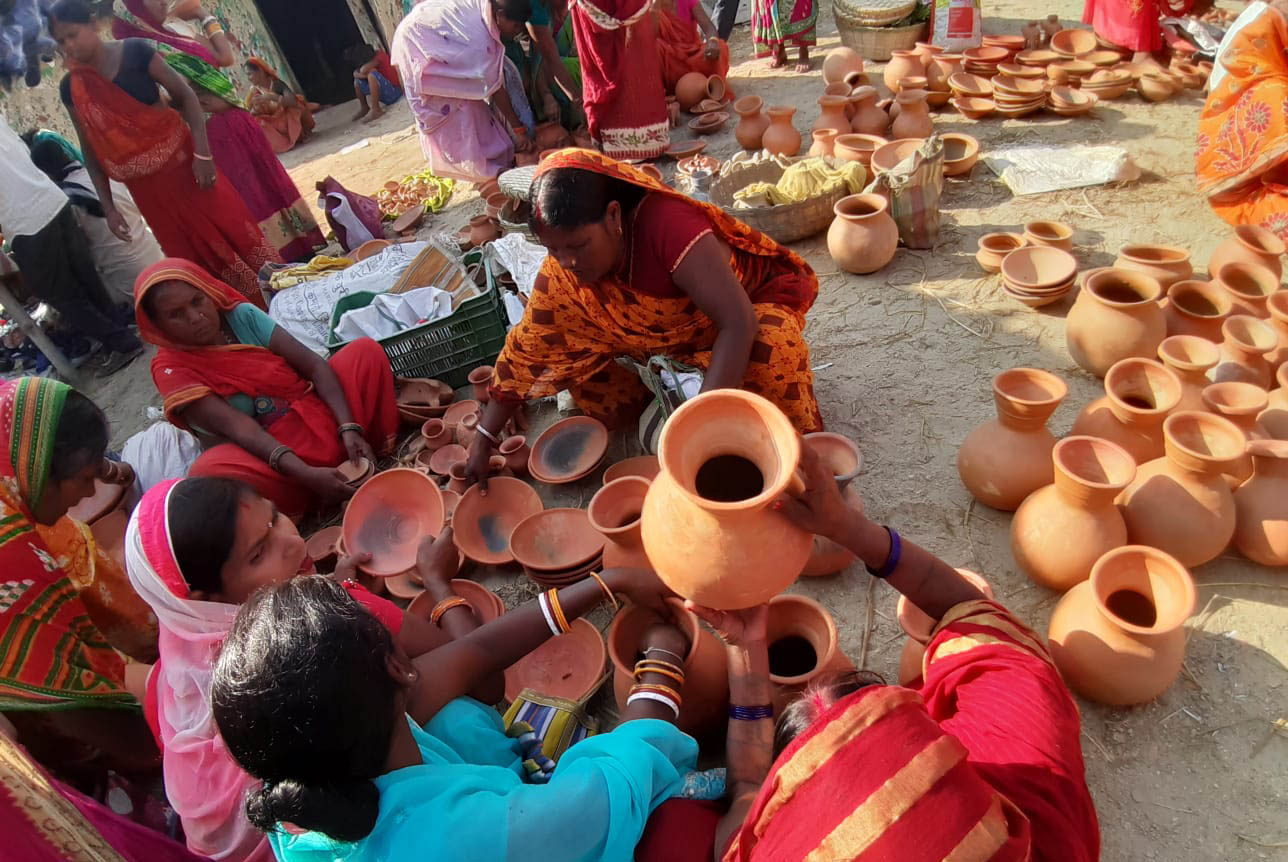
Day Two: The second important ritual of Chhath puja, ‘Kharna’ which is also called ‘Lohanda’, the devotees observe Nirjala Vrata (fasting without drinking even a drop of water) from sunrise to sunset. On this day, devotees involve in preparing offering like pudding made of Jaggery, Bananas and Rice. They break their fast only in the evening after worshipping the sun during the sunset. After eating the prasad, one has to fast for 36 hours without water.
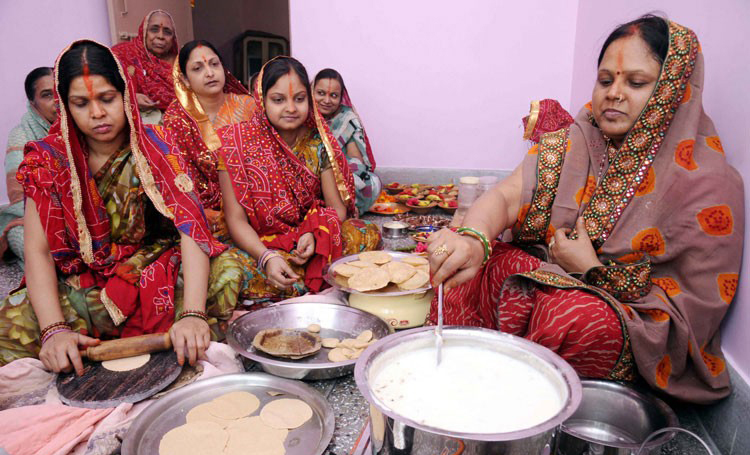
Day Three: The main day of Chhatha is actually not the first but the third day of puja. On the day most important rituals are performed called Sandhya Arghay (evening offerings). On this day, devotees fast from the morning and spend the entire day preparing their puja offerings of ‘Thekuwa’, ‘Bhushwa’, sweets made in pure ghee on clay chulha and uses Ganga Jal. It also includes coconut, banana, nuts, other seasonal fruits such as TaavNimbu, Sugarcane, Sugar Apple, Water Chestnut, etc. So, just like any other festival, Chhath puja is celebrated with some traditional festive – special foods and fruits. The offerings (prasad) later are kept in bamboo tray called ‘Suppa/Chhiti’ and clay made pot called ‘Kurwar’. Third day evening rituals takes place at the banks of a river or a pond. All the devotee offers ‘Arghay’ to the setting sun, as he is considered as the life force that binds the universe and gives energy to all living things. On this day, the god sun is worshipped for well-being, progress and prosperity of the humanity.
In some locality, after giving Arghay to the setting Sun, devotees return home and again on the early morning they reach river bank to offer morning Arghay. On the other hand, in some locality, devotees mainly with male member and stay at night on ghat to protect prasad. At night, Vrati (women who observe fast) also sing folk Chhatha song on Ghat. The male members staying on ghat watch movie, dance program singing program etc. at night. On this special occasion, the oil lamps are set afloat on the river which is a beautiful sight to behold.
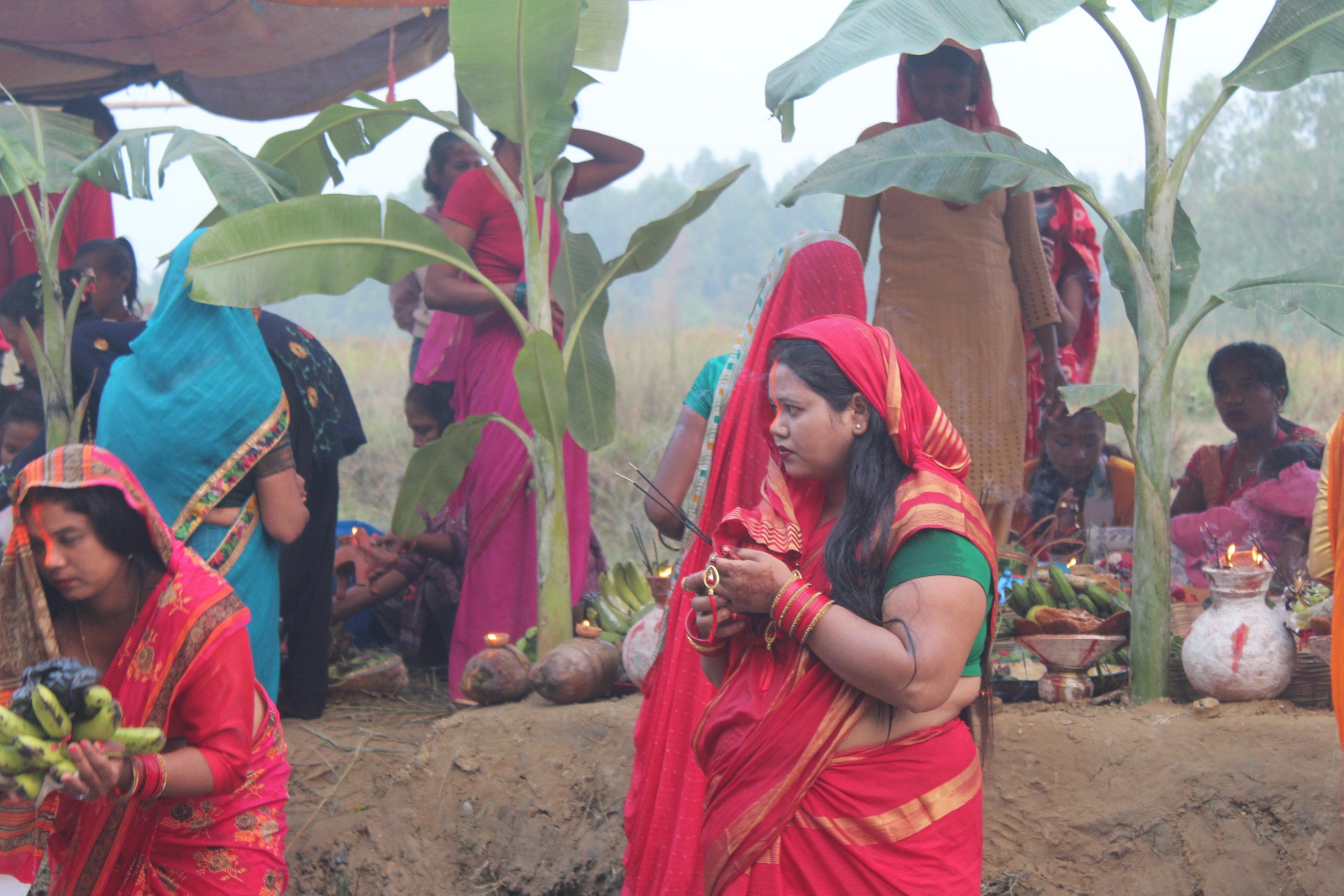
Day four: The festival concludes on the fourth and the final day after devotees again assemble on the ghhat to performe Usha Arghay (morning offering). People also move one to five times around the ponds on the evening and morning which is called ‘Parikrama’ on naked feet to fulfill their wishes. After giving Arghay, vrati women sit in one place to listen and sing folk story and songs of Chhatha, after that they break their fast by eating ginger and Jaggery before returning to home. After all these rituals, Chhatha festival finally ends. In our society, it is a traditional to distribute Chhath prasad to those family who do not celebrate Chhath parva.
Chhath parva attracts thousands of pilgrims to holy towns of Janakpur in south-eastern Nepal. But it is also celebrated all over Nepal including Kathmandu where people from the Terai gather along the banks of the rivers especiallyBagmati to worship and to achieve both physical and spiritual purity. Devotees from Nepal and India throng the ancient city of Janakpur to worship at the famous Janaki Temple and take ritual baths in the rivers and ponds. During Chhatha puja, we can observe married women applying long thick vermilion in orange colour from nose believing that ChhathMata fills their home with prosperity and make their husbands’ life longer.
In Hinduism, people believe that the sun’s energy is magnanimous and therefore, it cures many diseases such-as leprosy and offer person’s longevity, progress, positivity, prosperity and well-being. In this season, farmers also worship God Sun for peace and good harvest.
Moreover, it is arguably one of few Hindu festivals that transcends the rigid caste system which emerged in the past-Vedic period, to touch upon the ideas of equality, fraternity, unity and integrity. Every devotee of all caste prepares almost similar prasad and other items to offer to the almighty. All the devotees without any distinction in caste, colour or economy, arrive at the bank of rivers or ponds for extending prayers.
This festival also gives economic support to farmers. They cultivate seasonal vegetables and traits in huge amount to sell in Chhath market. It also arises employment opportunities for those who make Chhiti, Suppa, clay pot, etc. specially to the Dome community people who are recognized as the so-called lowest castes in the society.
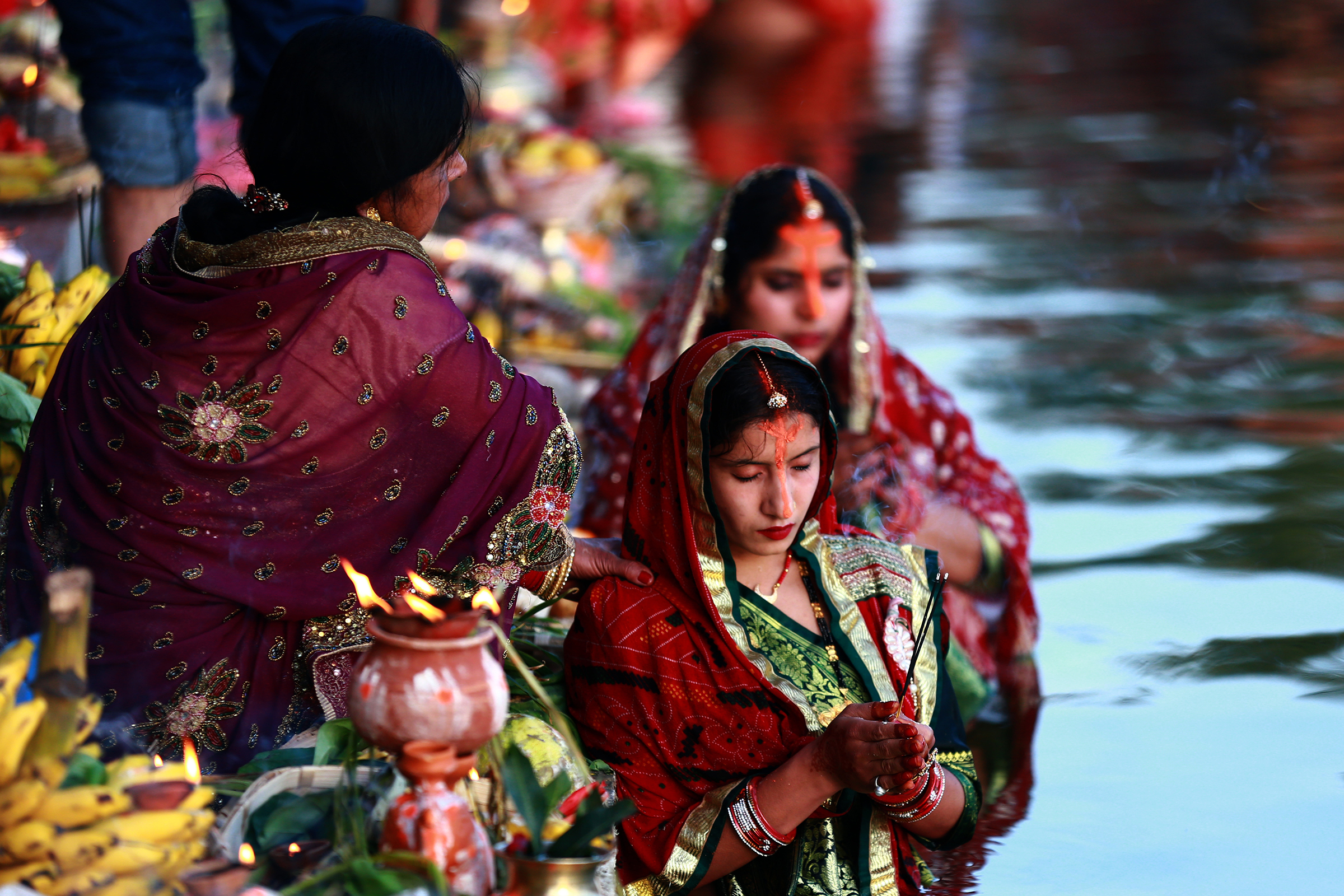
Chhath puja is the only Hindu festival where all the rituals of the festival have some scientific reasons and all of them altogether represent a rigorous scientific process for detoxification. Chhatha puja are catted in a way which involves optimum absorption of calcium and vitamin D into the body which isreally beneficial for the festive women. Taking dips in water and exposing oneself to the sun increases the flow of solar bio-electricity that improves the overall functionality of the human body. It also helps increasing the immunity of the body and eliminate harmful bacteria and viruses from the body thus preparing one for the onset of the winter season. Chhatha puja calms the mind of devotees and reduces the negative energy like hatred, fear and anger.
Chhath is said to be eco-friendly festival although the dependence on ghhats for Chhatha festival has traditionally put huge environmental pressure on them, as waste material from gatherings is often disposed of directly into the rivers and ponds, resettling in severe depletion in their water quality every year huge amount of waste is generated at these festivals which comprises single to use plastics. Such on bottles, straws, food trays, wrapper, etc. Some rational people do not burst crackers during celebrating Chhatha but there are several other participating in bursting crackers, which increases the amount of toxic air in atmosphere.
So, this festival can be environmentally friendly only when people celebrate it responsible and say no to crackers, use reusable items or biodegradable material like cloth, paper, flower, decorative plants and leaves, bamboo etc. to decorate festival venue. Devotees should not dispose oil or plastic into the rivers or ponds. For the rest of the waste, themanagement committees should make proper plan for its disposal.Environmentalist have claimed that the festival of Chhatha is one of the eco-friendliest religious festival. So, it should be used to spread the message of environmental conservation.Let’s celebrate the festivals on our fullest and save environment as well.
On this auspicious occasion, may the fortune, bliss and beauty of this festival be with you throughout the year!Happy Chhatha!!!
Sweta Chaudhary, B.B.A. 1st Year/ 1st Semester
University Campus,Rajarshi Janak University, Janakpurdham, Nepal











